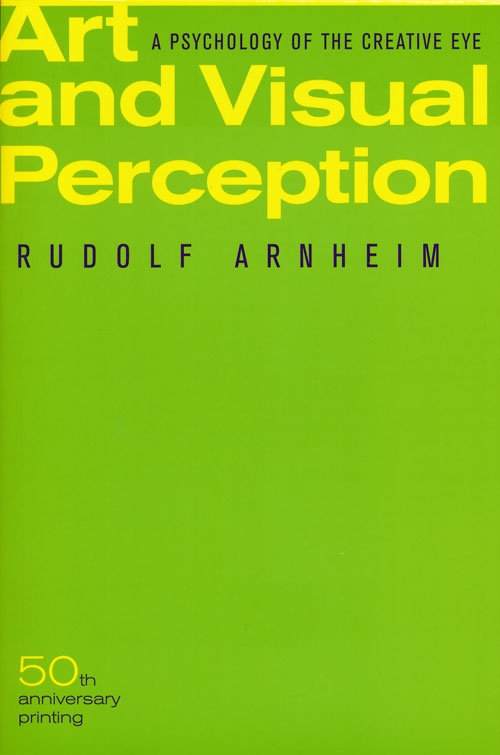Vera Maletic: Body–Space–Expression: The Development of Rudolf Laban’s Movement and Dance Concepts (1987)
Filed under book | Tags: · body, choreography, dance, movement, notation, semiotics

“In May 1926, when the choreographer Rudolf von Laban came to America on an ethnographic mission to record Native American dances, a reporter accosted him before he had even stepped ashore. As Laban recounts in his autobiography, the journalist performed a wild tap dance on deck, proffered his starched cuff to the European dance artist, and said, ‘Can you write that down?’ Laban—who had pioneered a new grammar of movement called Kinetography, or script-dance—scribbled a few dance notation signs on the man’s sleeve. The hyperbolic headline announcing Laban’s arrival read: ‘A New Way to Success. Mr. L. Teaches How to Write Down Dances. You Can Earn Millions With This.’ One entrepreneur, tempted by that prospect, tracked Laban down at his hotel and offered him a fabulous amount of money to teach the Charleston and other dances by correspondence course. Laban spurned the get-rich-quick scheme: he did not want to be a part of what he dismissed as ‘robot-culture.’
To the untrained eye, Kinetography looks esoteric and occult, but to the few who can read it the complex strips of hieroglyphs allow them to recreate dances much as their original choreographers imagined them. Dance notation was invented in seventeenth-century France to score court dances and classical ballet, but it recorded only formal footsteps and by Laban’s time it was largely forgotten. Laban’s dream was to create a ‘universally applicable’ notation that could capture the frenzy and nuance of modern dance, and he developed a system of 1,421 abstract symbols to record the dancer’s every movement in space, as well as the energy level and timing with which they were made. He hoped that his code would elevate dance to its rightful place in the hierarchy of arts, ‘alongside literature and music,’ and that one day everyone would be able to read it fluently.” (from Christopher Turner’s essay in Cabinet magazine, 2009/10)
The intent of this present study is to offer an examination of the origins and development of Laban’s key concepts.
Publisher Mouton de Gruyter, Berlin/New York/Amsterdam, 1987
Volume 75 of Approaches to Semiotics
ISBN 3110107805, 9783110107807
265 pages
via joandleefe
Review (Valerie Preston-Dunlop, Dance Research, 1988)
PDF (40 MB)
See also works on Laban on Monoskop wiki.
Comment (0)Rudolf Arnheim: Art and Visual Perception (1954–) [EN, RU, PL, RO, ES, BR-PT]
Filed under book | Tags: · architecture, art theory, colour, kinesthesia, light, movement, music, painting, perception, perspective, physiology, psychology, sculpture

“Since its publication in 1954, this work has established itself as a classic. It casts the visual process in psychological terms and describes the creative way one’s eye organizes visual material according to specific psychological premises. In 1974 this book was revised and expanded, and since then it has continued to burnish Rudolf Arnheim’s reputation as a groundbreaking theoretician in the fields of art and psychology.”
Publisher University of California Press, 1954
Expanded and revised edition, 1974
ISBN 0520243838
508 pages
Interview with the author (Uta Grundmann, Cabinet, 2001)
Publisher (EN)
Art and Visual Perception (English, 1954/1974, 26 MB)
Iskusstvo i vizualnoe vospriyatie (Russian, trans. V.N. Samokhin, 1974/2000, DJVU, no OCR)
Sztuka i percepcja wzrokowa (Polish, trans. Jolanta Mach, 1978, 24 MB, no OCR, via nuitienne)
Arta si perceptia vizuala (Romanian, trans. Florin Ionescu, 1979, 35 MB, no OCR, via)
Arte y percepción visual (Spanish, trans. María Luisa Balseiro, 1979/1997, 43 MB)
Arte e percepção visual (Brazilian Portuguese, trans. Ivonne Terezinha de Faria, 1980/2005)
Siegfried Giedion: Mechanization Takes Command (1948)
Filed under book | Tags: · agriculture, architecture, furniture, history of technology, industry, machine, movement, philosophy, philosophy of technology, production, technology

“First published in 1948, Mechanization Takes Command is an examination of mechanization and its effects on everyday life. A monumental figure in the field of architectural history, Siegfried Giedion traces the evolution and resulting philosophical implications of such disparate innovations as the slaughterhouse, the Yale lock, the assembly line, tractors, ovens, and “comfort” as defined by advancements in furniture design. A groundbreaking text when originally published, Giedion’s pioneering work remains an important contribution to architecture, philosophy, and technology studies.”
Publisher Oxford University Press, New York, 1948
Third printing, 1970
743 pages
via babyalanturing
Reviews: John E. Sawyer (The Journal of Economic History, 1949), Harry Elmer Barnes (American Journal of Sociology, 1949), William F. Ogburn (The American Historical Review, 1948), Henry Guerlac (American Quarterly, 1949), Donald Horton (American Sociological Review, 1948), Paul Zucker (The Journal of Aesthetics and Art Criticism, 1949), Arthur P. Molella (Technology and Culture, 2002), Tom Vanderbilt (Bookforum, 2010), Bryan E. Norwood (Culture Machine, 2015).
PDF (removed on 2014-4-21 upon request of the University of Minnesota Press)
Comment (1)
